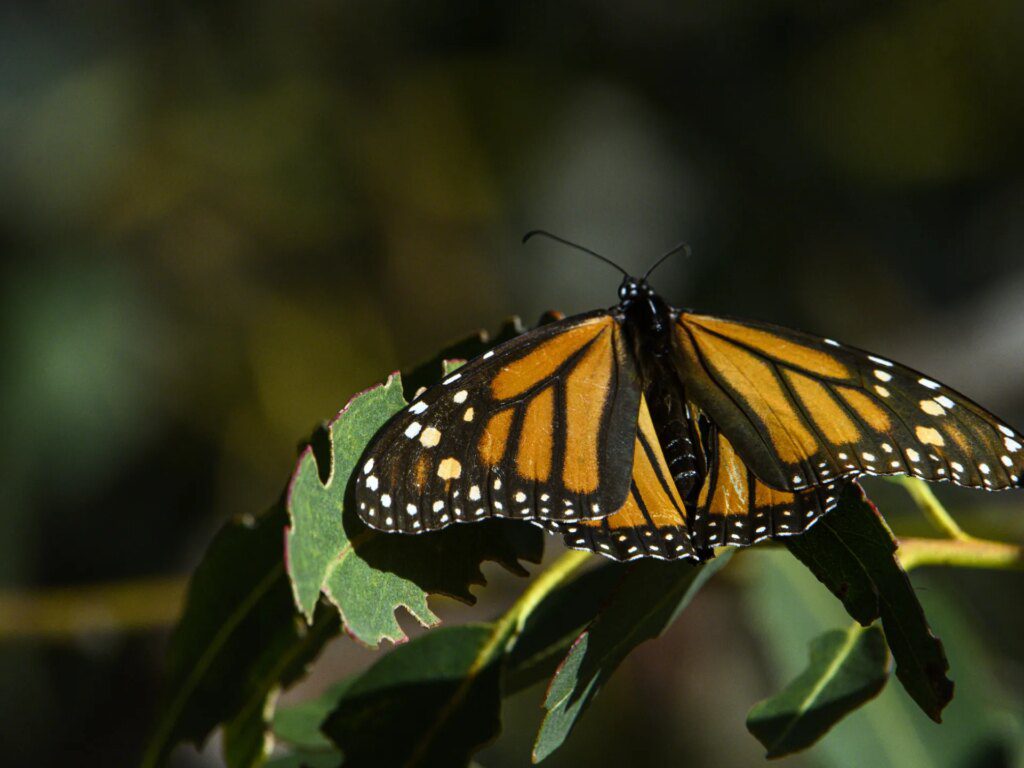The migration of Monarch butterflies in North America is a breathtaking phenomenon that showcases the beauty and resilience of the natural world. Despite facing challenges such as habitat destruction and climate change, these delicate creatures continue their epic journey from the United States and Canada to Mexico each year. Conservation efforts from organizations like the Monarch Joint Venture and the Xerces Society are crucial to protecting the Monarchs and their habitats. By planting native plants, reducing pesticide use, and supporting local conservation initiatives, individuals can help ensure the survival of these remarkable insects for future generations to enjoy. Witnessing the Monarch migration is a once-in-a-lifetime experience that highlights the importance of conservation efforts to preserve the beauty of nature.
Witnessing the Migration of Monarch Butterflies: Conservation in North America
Introduction
If you have ever dreamt of witnessing one of nature’s most incredible events, then the migration of Monarch butterflies in North America should be at the top of your bucket list. Each year, millions of Monarchs make an awe-inspiring journey from the United States and Canada to Mexico, covering thousands of miles along the way. This natural phenomenon is not only a breathtaking sight to behold, but it also serves as an important reminder of the importance of conservation efforts to protect these delicate creatures.
The Journey
The journey of the Monarch butterfly is nothing short of a miracle. These tiny insects embark on an epic migration that takes them from their breeding grounds in North America to their wintering grounds in Mexico. Along the way, they face numerous challenges, including extreme weather conditions, predators, and the threat of habitat loss. Despite these obstacles, the Monarchs continue their journey, guided by an innate sense of direction that scientists are still trying to fully understand.
The Importance of Conservation
Unfortunately, the Monarch butterfly population has been in steep decline in recent years, due to factors such as habitat destruction, climate change, and the widespread use of pesticides. Conservation efforts are crucial to ensuring the survival of these beautiful creatures for future generations to enjoy. Organizations such as the Monarch Joint Venture and the Xerces Society are working tirelessly to protect the Monarchs and their habitats, but more needs to be done to reverse their decline.
Where to Witness the Migration
If you are interested in witnessing the migration of Monarch butterflies firsthand, there are several places in North America where you can experience this natural wonder. Some of the best places to see the Monarchs include the Monarch Butterfly Biosphere Reserve in Mexico, Point Pelee National Park in Canada, and the Mariposa Grove in California. These locations offer prime viewing opportunities during the peak migration season, which typically occurs in the fall.
How You Can Help
There are several ways you can help support the conservation of Monarch butterflies and their habitats. Planting native milkweed and nectar plants in your garden, reducing your use of pesticides, and supporting local conservation organizations are just a few ways you can make a difference. By taking action to protect the Monarchs, you are not only helping to preserve a natural wonder but also contributing to the health of our planet as a whole.
Conclusion
Witnessing the migration of Monarch butterflies is a truly unforgettable experience that highlights the beauty and resilience of the natural world. By supporting conservation efforts to protect these remarkable creatures, we can ensure that future generations will also have the opportunity to witness this incredible phenomenon. So pack your bags, grab your binoculars, and prepare to be amazed by the majestic Monarchs as they make their epic journey across North America.
